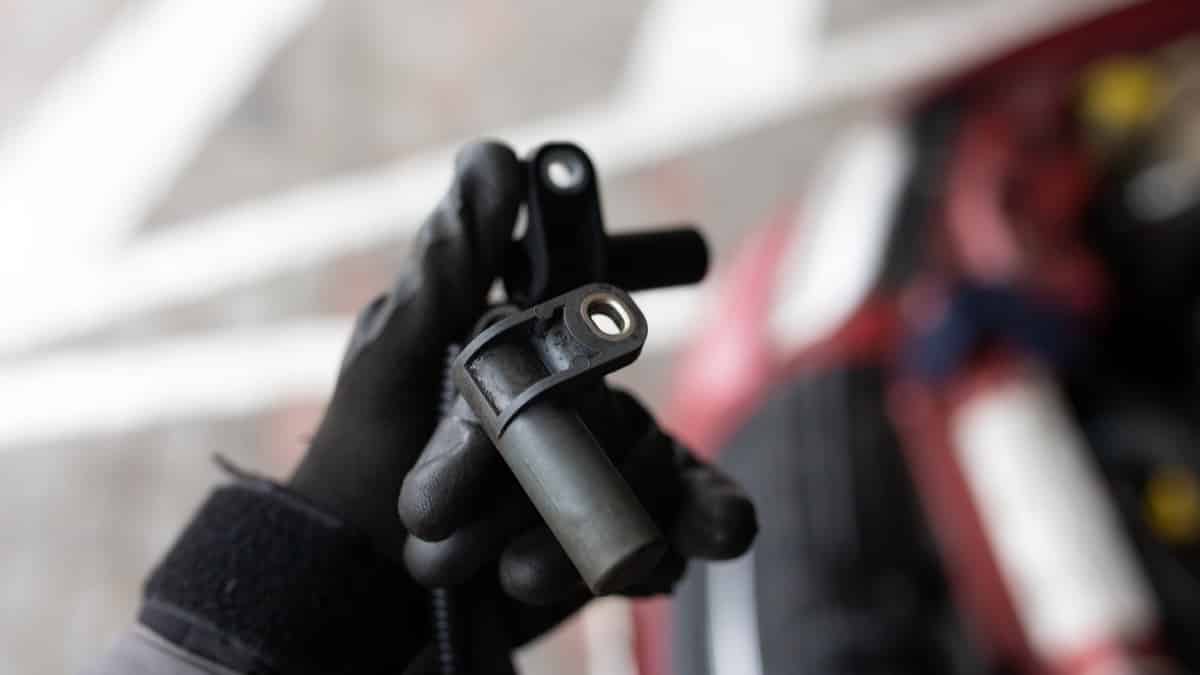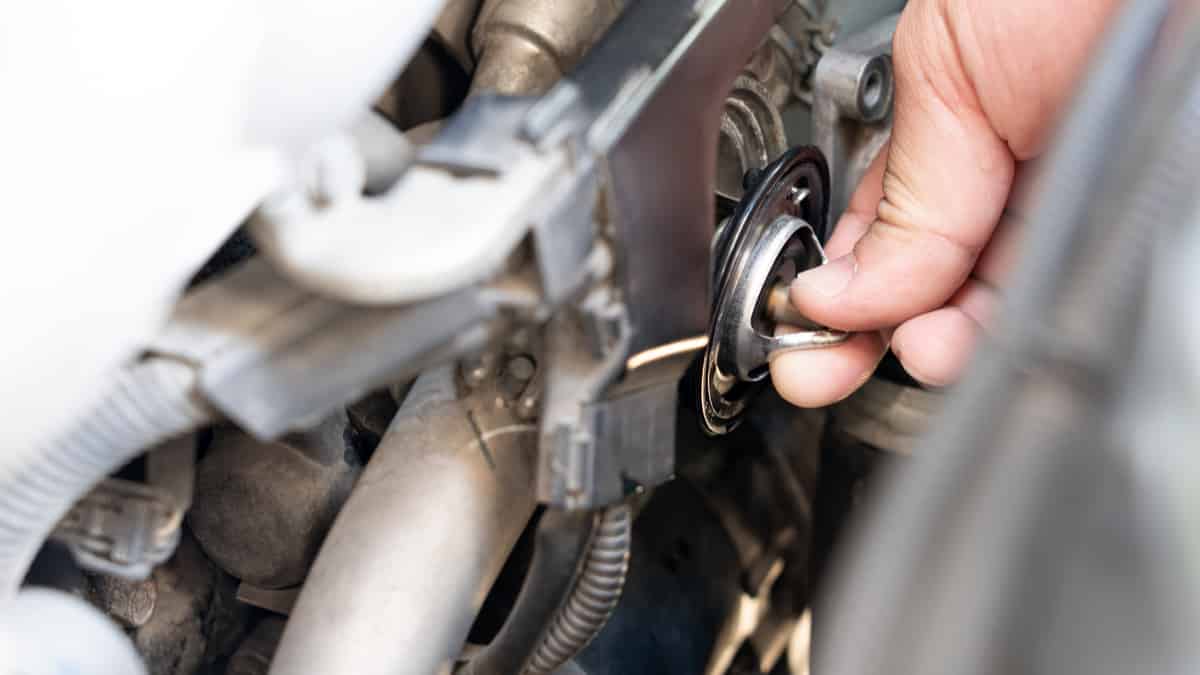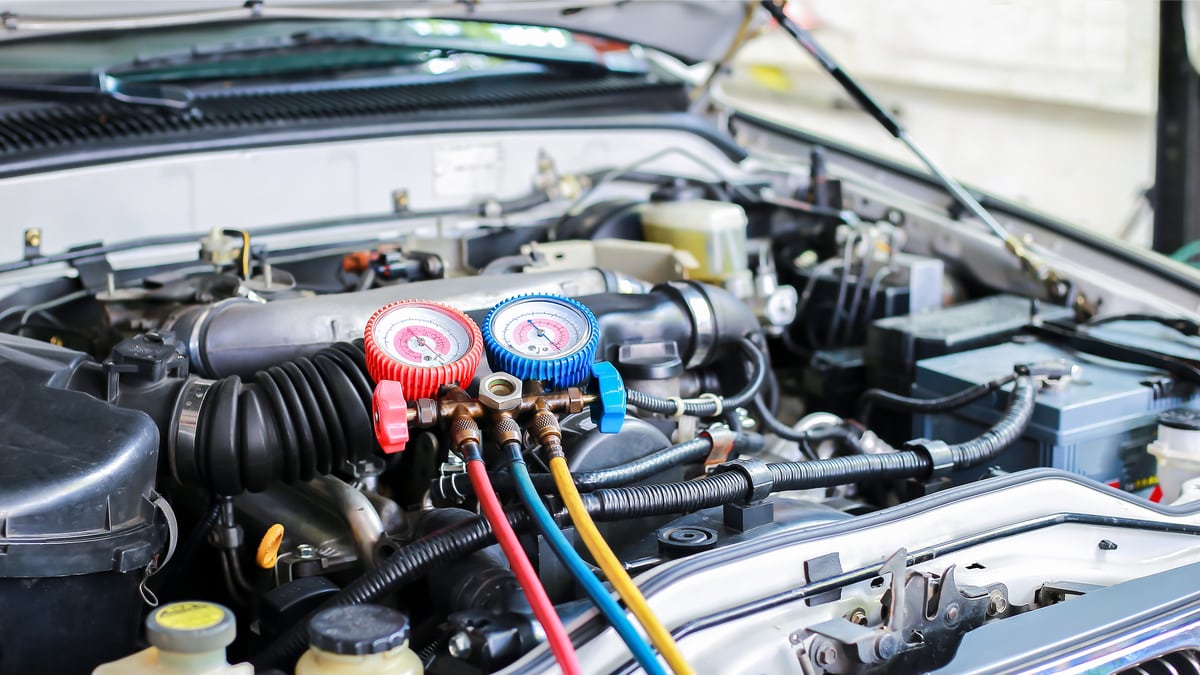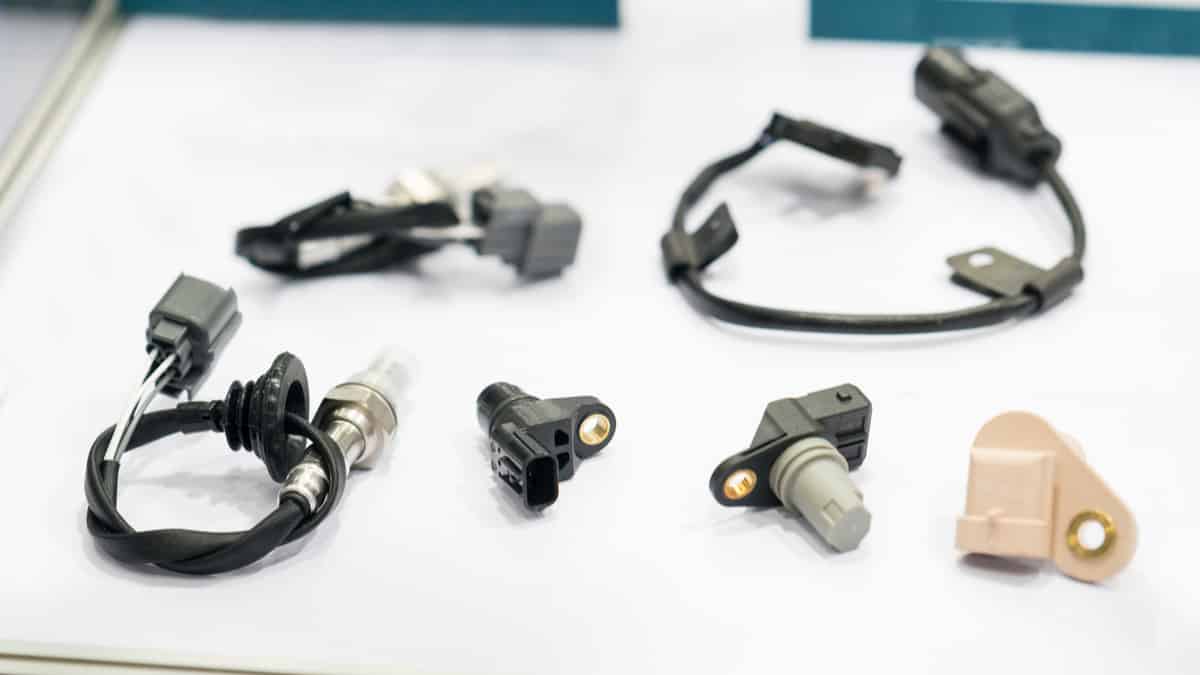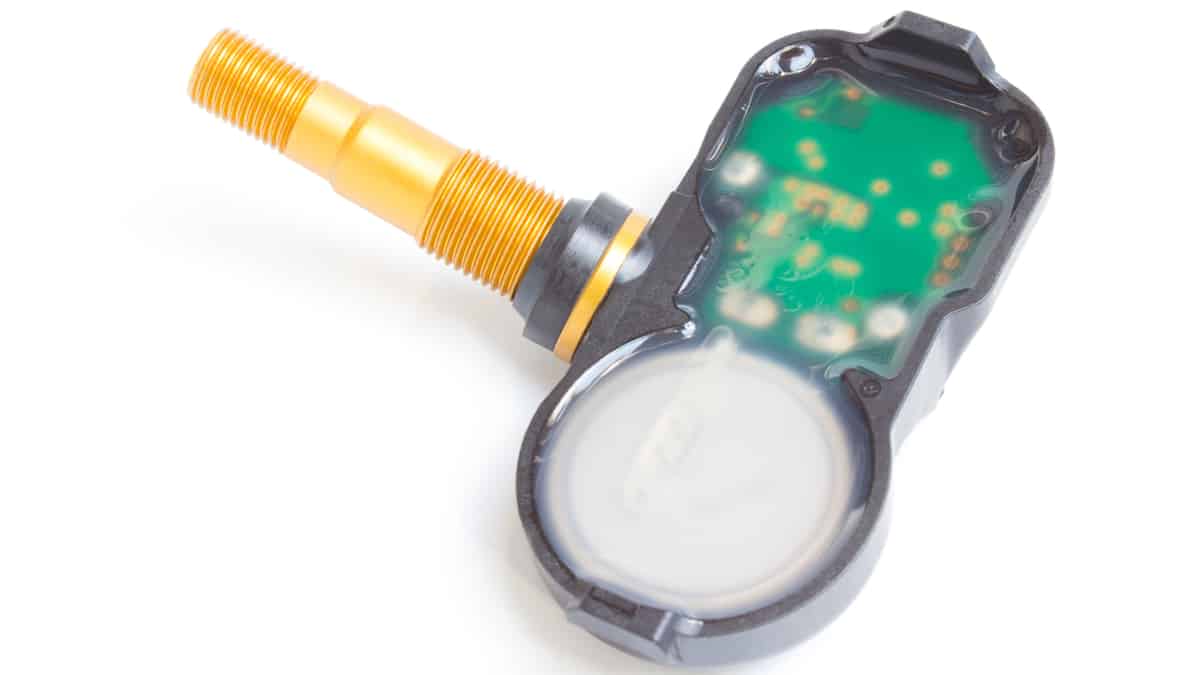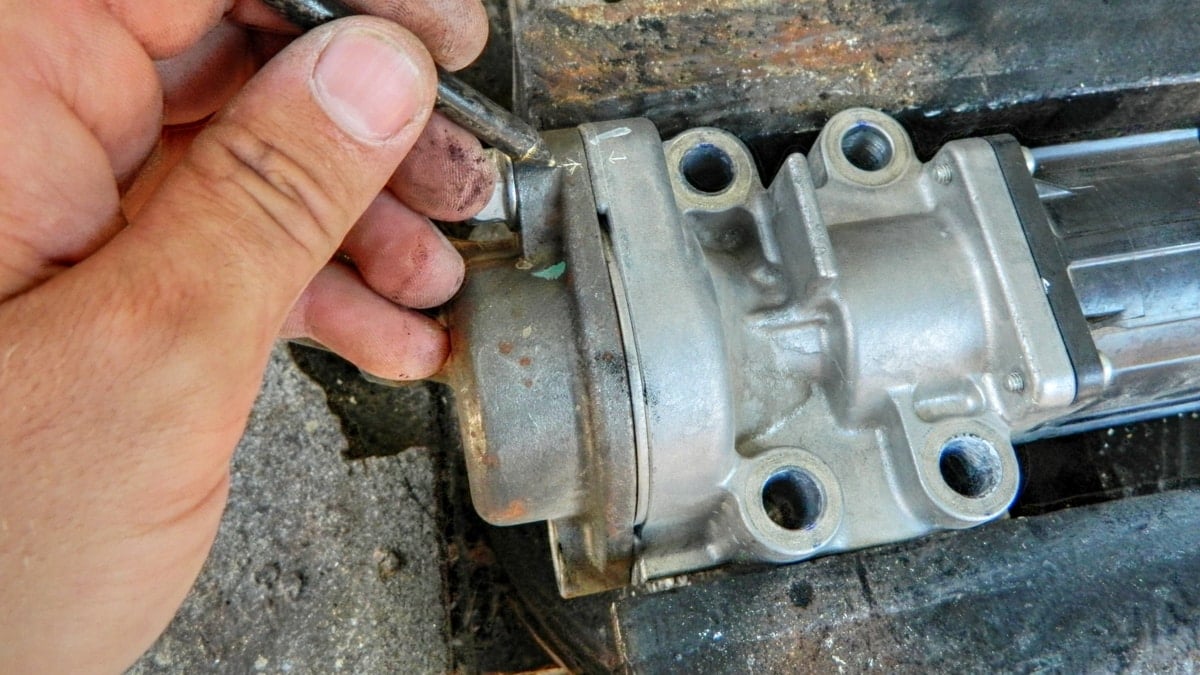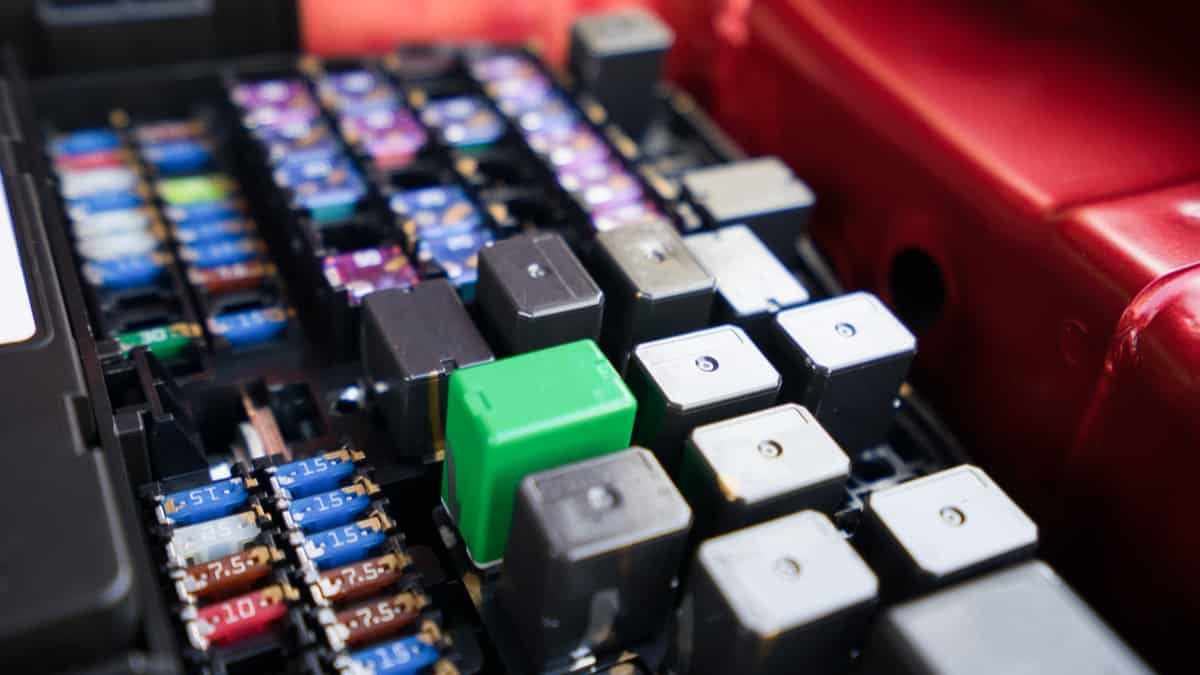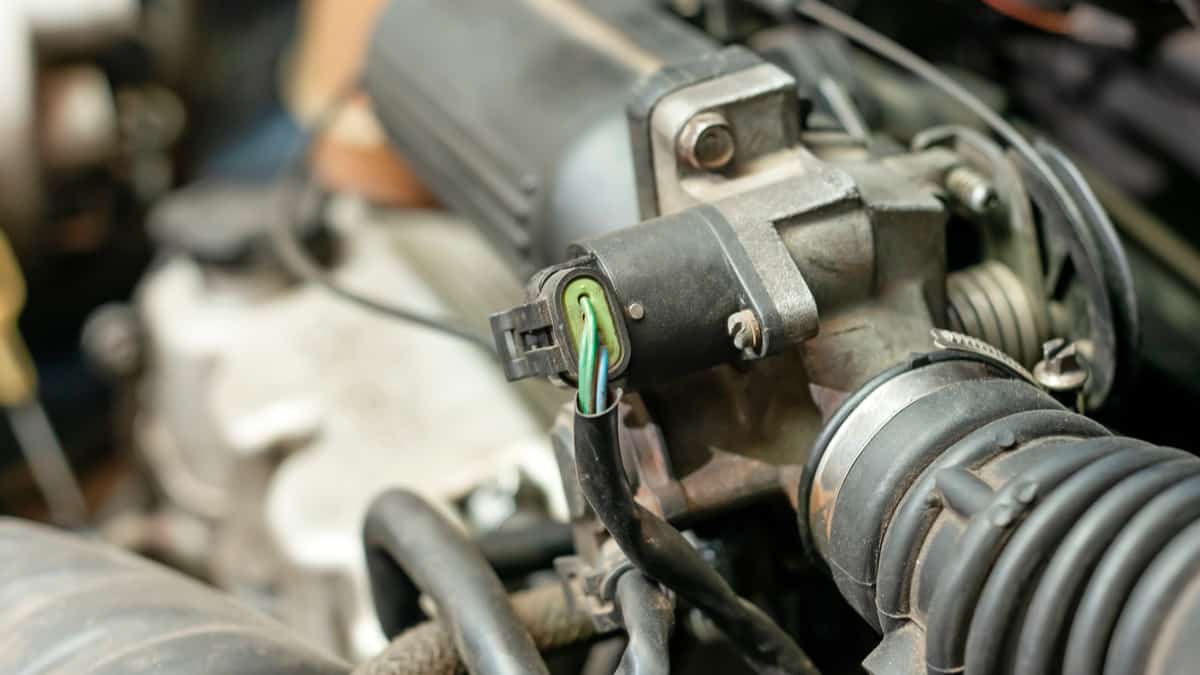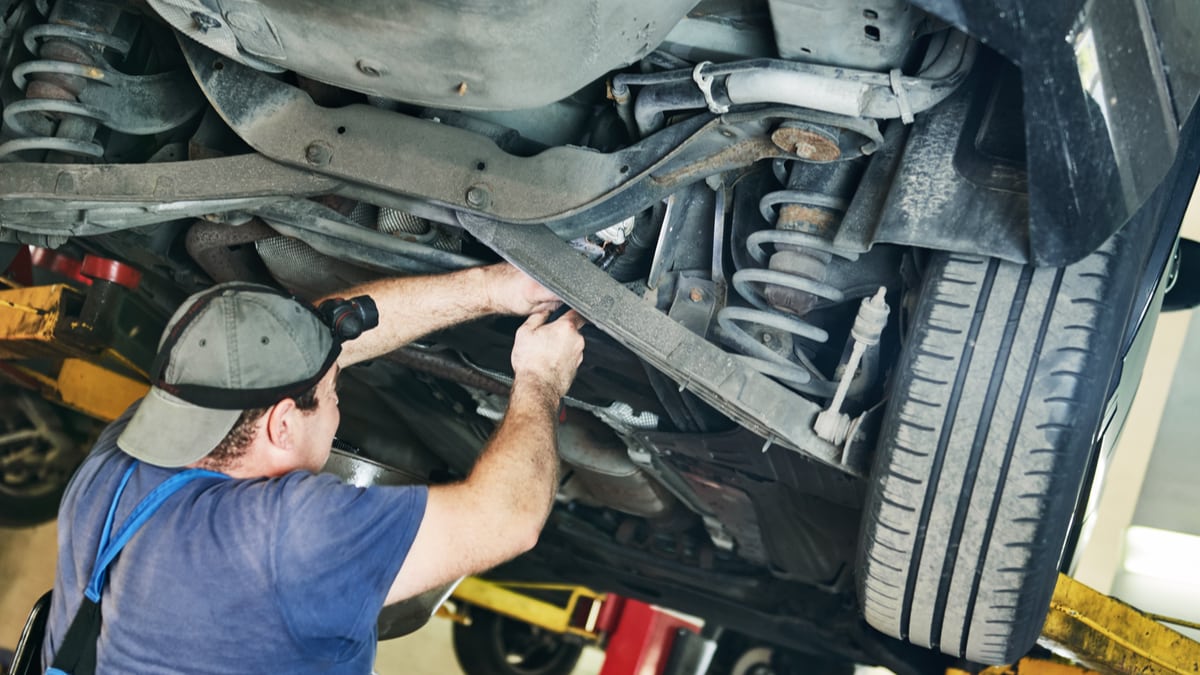The Mass Air Flow Sensor (MAF) is an important part that ensures your car engine is functioning properly. It measures how much air enters the car engine, and then sends this information to the engine control module, which controls how much fuel the fuel injectors should inject into the engine.
Unfortunately, the MAF sensor can go bad. In this article, we will talk about the symptoms of a bad MAF sensor, where the sensor is located, and the cost to replace it.
Symptoms Of A Bad MAF Sensor
The most common symptoms of a bad mass air flow sensor are engine performance issues such as rough acceleration or rough idling, along with a check engine light on your dashboard. You may also notice changes in fuel consumption, or black smoke from the exhaust.
Because the mass airflow sensor is directly connected to the engine control system, any problem can interfere with performance. Here is a more detailed list of the most common bad MAF sensor symptoms to look for:
1. Check Engine Light Illuminates
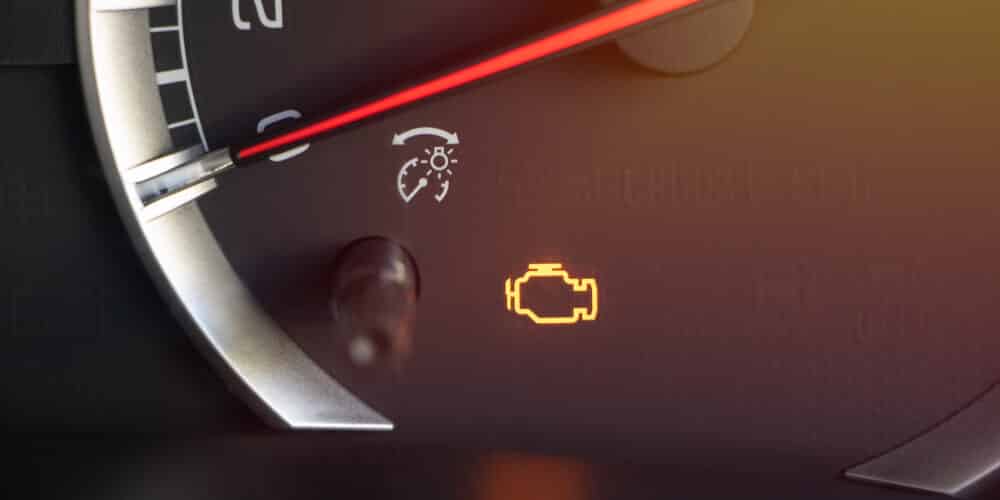
The engine control module monitors all sensors in the car engine to ensure that everything is OK. If a sensor sends an incorrect signal, the ECM or PCM will turn on the check engine indicator light.
Therefore, if your MAF sensor is faulty and sends wrong information to the engine control unit, the check engine light will illuminate your dashboard. A check engine light is one of the most common bad mass air flow sensor symptoms.
However, the engine control module does not always recognize a faulty MAF sensor, so it may still be defective, even if there is no engine light on your dashboard. If your check engine light is illuminated, you will want to check the diagnostic trouble codes first with an OBD2 scanner.
2. Slow Acceleration
Your engine needs a perfect air-fuel mixture in the combustion chamber for optimal performance. A faulty MAF sensor can cause a faulty air-fuel mixture, which can cause many strange performance issues with your car. Slow acceleration is one such possibility.
If you notice that your car is much slower than usual, there is a significant risk that your MAF sensor is at fault.
RELATED: Car Losing Power When Accelerating? (Here’re the Causes)
3. Hesitation, rough or jerky acceleration
As you may suspect, a faulty fuel injection caused by a poor MAF sensor can also make your acceleration rough or jerky.
This is usually because the air-fuel mixture becomes too lean, so the car engine “starves” due to a lack of food, and this will cause it to jerk.
If the air-fuel mixture is too rich, it can also extinguish the ignition created by the spark plug, which causes the acceleration to be rough.
RELATED: Your Car Jerks When Accelerating? (Here’s How To Fix it)
4. Hard Starting Condition
If you notice that your car has become more difficult to start in the morning, there is a chance that a bad air mass sensor is causing the problem.
All car engines are very sensitive to the right airflow mixture at the exact starting moment. If the wrong amount of fuel is injected into the engine when you try to start your car, your car might crank a little longer than usual or it may even refuse to start at all.
RELATED: Car Hesitates to Start – Causes & How to Fix
5. Black Smoke From Exhaust Pipe
Black smoke coming from the exhaust pipe is a strong sign that your engine is getting too much fuel compared to the amount of air. Therefore, if you realize that a lot of black smoke is pouring out of your exhaust pipe, there is a significant risk that your engine is running too rich. A bad MAF sensor could be the cause.
You might also notice a little more gray smoke from the exhaust pipe than usual if your engine runs rich. This can damage your catalytic converter. Your catalytic converter is a very expensive component, so you definitely want to fix this as soon as possible.
6. Rough Idle
Your car engine is most susceptible to engine problems when idling. This is because only a small amount of air and fuel will be injected into the engine, and a small margin of error will cause noticeable problems with your engine.
If your engine idle is very rough or if the engine stalls at idle, there is a high chance that your mass air flow sensor is bad.
RELATED: Rough Idle Causes & How to Fix it
7. Misfires
Misfires occur when one or more cylinders fail to burn the fuel. To burn the fuel correctly, the engine needs 3 things: the right air-fuel ratio, ignition, and compression.
Therefore, if the air-fuel mixture is very far beyond the specifications, it may cause one or more cylinders not to ignite at all. The engine won’t ignite correctly, causing a misfire. If you find any trouble codes related to misfires, it can be a sign of a bad mass air flow sensor.
RELATED: 6 Symptoms of an Engine Misfire (& 7 Common Causes)
8. Changed Fuel Consumption
This last symptom is probably the most obvious because you already know that a faulty MAF sensor is causing a faulty air-fuel mixture. Therefore, a faulty MAF sensor can cause fuel consumption to either go up or down.
You may think that reduced fuel consumption is a good thing, but it can actually damage your engine, which will make it more expensive in the long run.
MAF Sensor Location

The MAF sensor is located on the large hose between the intake manifold and the air filter box, often installed on the air filter box.
Its exact location varies from manufacturer to manufacturer, as they fit the sensor based on the engine design.
You can use a repair manual to find the exact location, or use the internet for a quick search. Check out the pictures for a clue as to where it can be placed.
Cleaning a Dirty MAF Sensor
Often, the problems associated with the mass air flow sensor occur due to dirt and debris buildup on the sensor head. Over time, this particle accumulation results in poor performance of the sensor.
Cleaning the MAF sensor is often relatively straightforward. Just remove the sensor head from the MAF sensor housing and carefully clean the sensor’s hot wire with an electronic cleaner or a specific MAF sensor cleaner.
However, the sensor’s hot wire is very sensitive and you can easily damage it. You don’t want to touch it with your hands or with a towel! Just spray it and let it dry – that should be enough!
Diagnosing a Failing Mass Air Flow Sensor
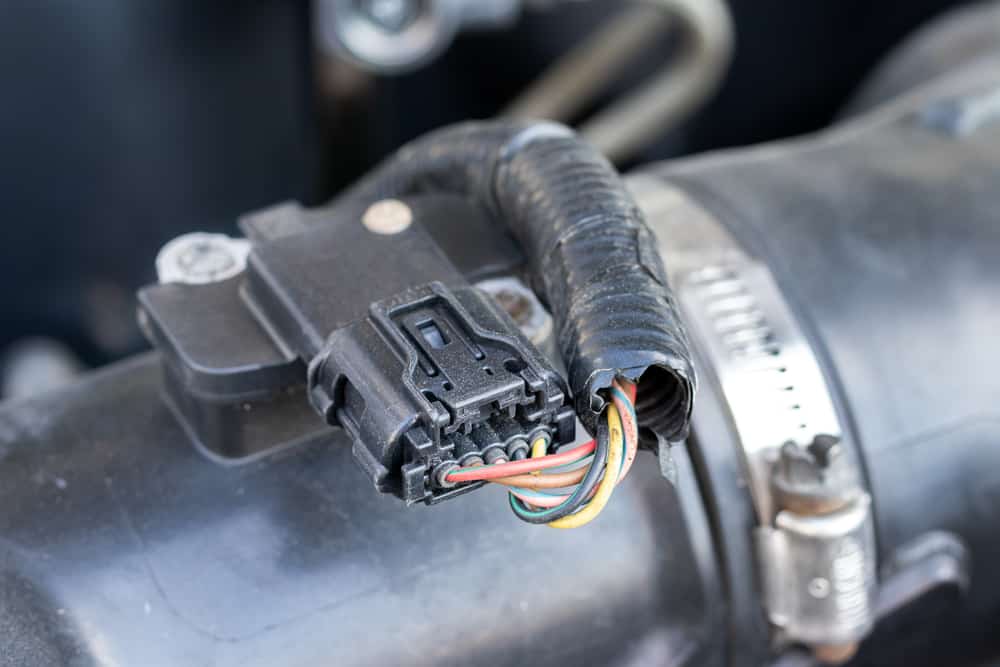
MAF sensors can often be quite expensive, and therefore it is important to make a correct diagnosis before choosing to replace the MAF sensor.
Diagnosing an MAF sensor is often relatively easy if you know what to look for. But to diagnose the MAF sensor correctly, you must have correctly measured values for your specific car engine and model, which you can find in a repair manual.
- Connect an OBD2 scanner and check the live data from the MAF sensor on idle. It should be 0 mg.
- Start the car and check the values from the MAF sensor again. It should go up when you rev the engine, and down as the engine RPM decreases; if the value is stable, there is either something wrong with your diagnostic tool, the MAF sensor, or the wirings to it.
- Remove the plug from the MAF sensor and check for corrosion.
- Check your repair manual to measure the sensor and the wirings to it. You can find out more about how to test the MAF sensor in this video.
- Clean or Replace the MAF sensor if faulty or repair the wirings.
MAF Sensor Replacement Cost
The average MAF sensor replacement cost is between $140 and $550, depending on the car model and labor costs. A Mass Air Flow Sensor costs $100 and $400 and you can expect the labor costs to be $40 to $150.
The MAF sensor is often quite expensive, as you sometimes have to replace the whole MAF sensor housing also, but even just the sensor itself can be quite expensive.
Fortunately, it is often very easy to replace the MAF sensor, and this can be accomplished within 10 minutes with most car models. You can often do this yourself, even if you only have basic car knowledge.
You do also want to look for any service bulletins for your particular car model before trying any repairs. For many vehicles like Isuzu you will find bulletins regarding the MAF sensor.
What happens when the MAF sensor goes bad?
The MAF sensor is a vital part of the car engine, and therefore a lot of things can happen to your car engine when it goes bad. The most common things that happen are a control lamp, poor engine performance, uneven idling, and changed fuel consumption.
How do you test a MAF sensor?
To test an MAF sensor, you need a multimeter to measure the resistance in the sensor. To know which resistance you should see on the multimeter, you can look it up in your repair manual for your car model.
Can you drive with a bad mass air flow sensor?
A bad air mass sensor can cause many problems with your car engine, and therefore it is not recommended to drive with it. However, if your engine is running well, you can drive slowly to the nearest workshop.
How often does a mass air flow sensor need to be replaced?
There is no service schedule for when to replace the MAF sensor. The MAF sensor is made to last the life of the vehicle, so it should only be replaced if it is faulty. However, you can clean the MAF sensor every 100,000 miles to keep it functional.
Due to the importance of the MAF sensor for the car engine’s performance, it can lead to many different symptoms. Most of the signs you will notice are engine performance issues.
Of course, these problems can be caused by other things as well, so it’s best to get your car diagnosed by yourself or a professional mechanic if you experience any problems. That said, if you have a faulty MAF sensor, replacing it as soon as possible is important.
Learn more:
Categories: Engine

